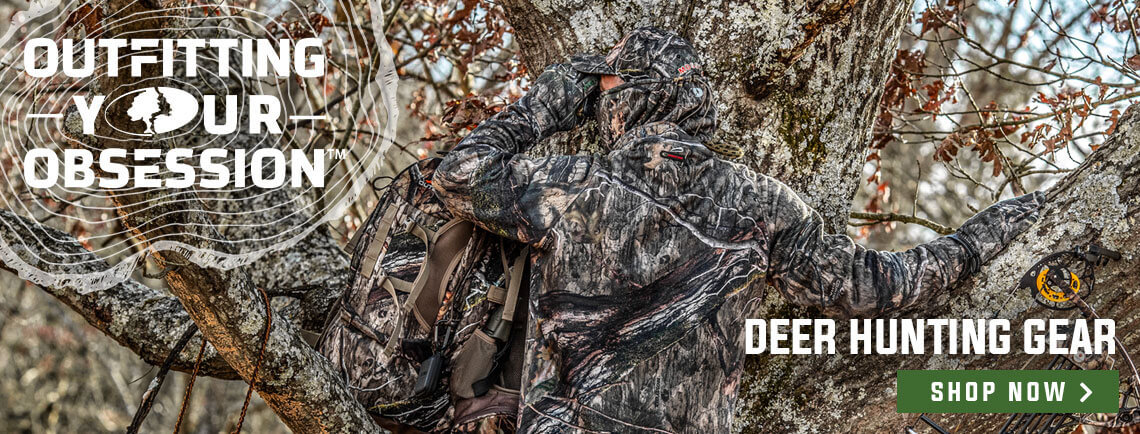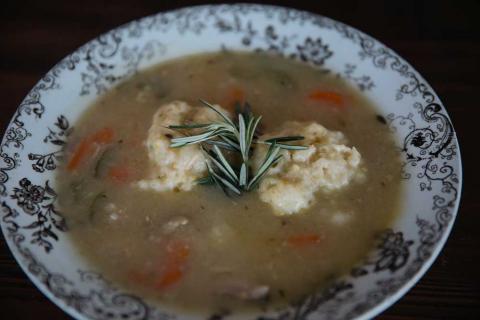Do the deer you hunt disappear during daylight?
Bob Humphrey
“Where did they go?”
It’s a common question among deer hunters as the deer they’ve been scouting suddenly seem to vanish once hunting season begins. The situation only grows more frustrating when trail cameras tell a different story. They’re still there, but even the pictures show them moving almost entirely in the dark. What causes it and when might they move during the day?
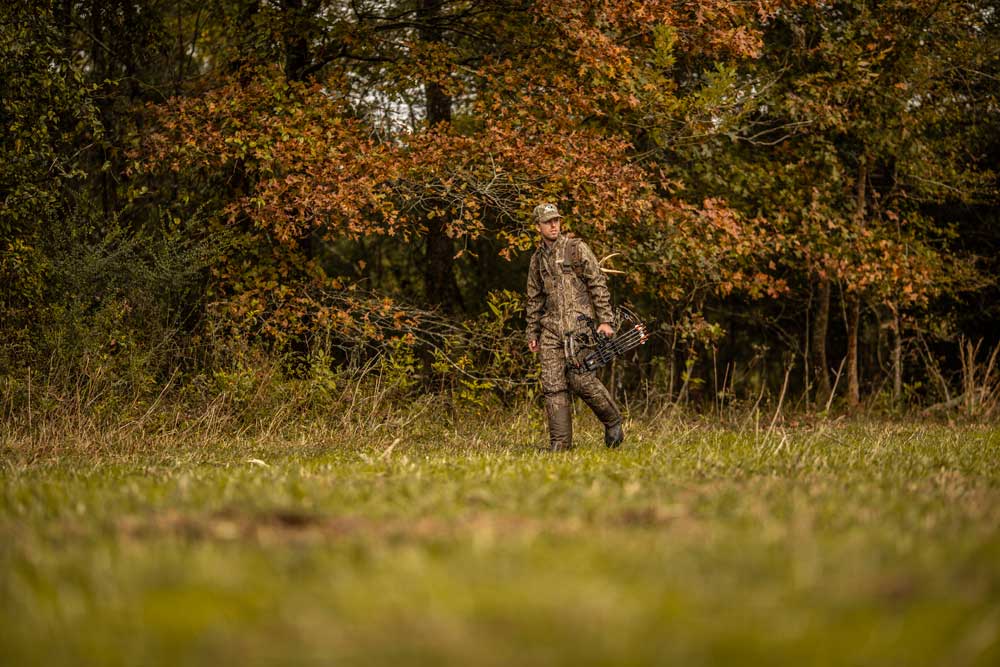
Causes
Stacked Deck - The odds are already against any hunter to begin with. White-tailed deer are crepuscular, meaning they move mostly around twilight. More often, it is on the dark side, and it doesn’t take much to push them further that way.
Survey Says - Several studies have shown an inverse relationship between hunting pressure and daytime deer movement. The more pressure, the less daytime activity.
Learning Curve - Some of that response is innate, but some is learned. Mothers teach their youngsters when, where and how to avoid danger, and increased human interaction only reinforces that behavior.
Age Matters - Repeated interactions also condition individual deer to become more nocturnal as they get older. You have probably witnessed it, especially if you run trail cameras, and the research backs it up.
Personalities - Deer are like humans in that each one has an individual personality. Some bucks are bold and reckless, others meek and passive. And some are simply night owls. I hunted one particular mature buck for three years and never once got a single daylight picture of him. It is difficult to say how much of that was pressure versus personality, but there were similar aged bucks who were a lot more active in daylight, at least on camera.
Patterns - While we’re trying to pattern the deer, they just might be patterning us. It won’t take them long to learn your routine for entering the woods in a particular area at a particular time. And research has also shown mature bucks learn to avoid permanent stands.
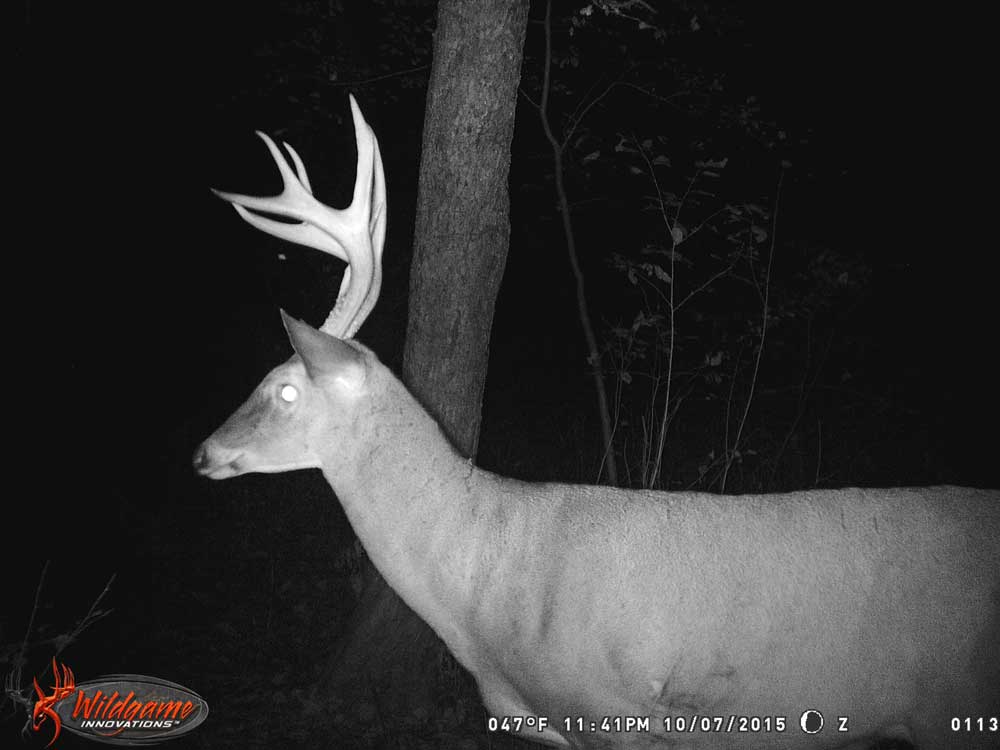
Remedies
There’s no magic bullet but there may be things you can do to increase daytime deer interactions. One is hitting peak periods. They may not move much during daylight but they still move some. Focus your activity around the hours or minutes of peak daytime deer activity - dawn and dusk (more on this in a bit).
Hunting pressure is a big factor and if you can reduce the hunting pressure that makes deer nocturnal, they will be less inclined to be that way. Minimize your intrusion by reducing hunter numbers and modifying how and where they hunt. Forget drives, reduce still-hunting and don’t over-hunt specific stands.
Don’t get caught in a rut. You may have a few perennial producers, but the more you hunt one particular stand, the less productive it will become over time. Move around to different stands, and move your stands if your honey holes suddenly turn sour. Those same studies that show pressured deer move less during daylight also show they move more in thicker cover. Get back away from the open fields and into the thick stuff and you might have a better shot.
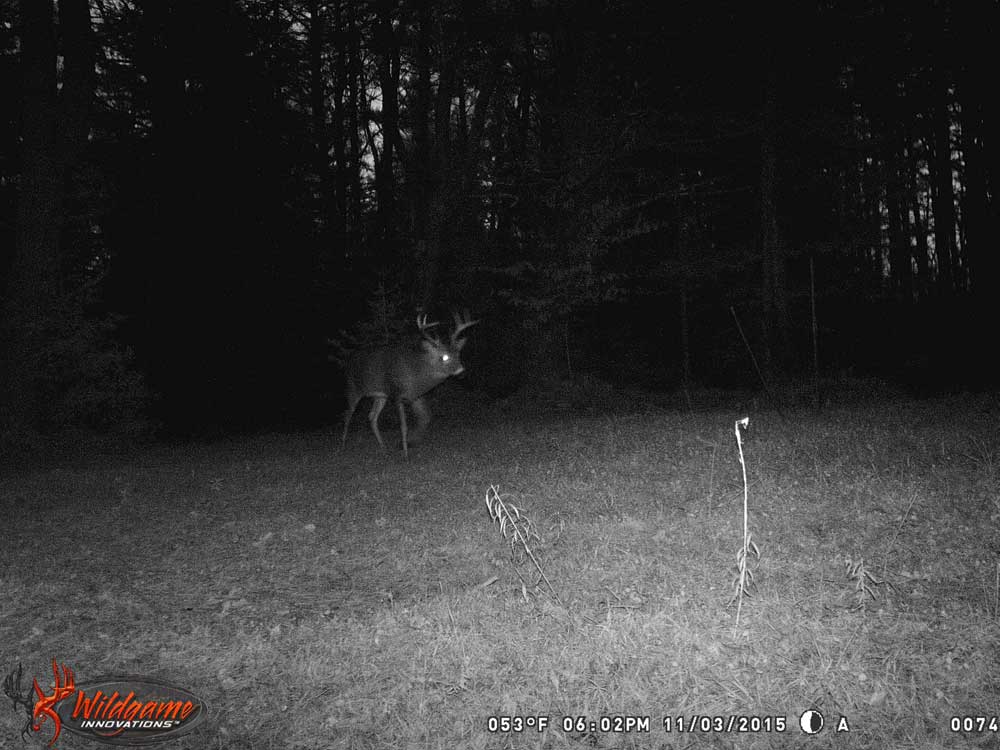
Speaking of ruts, the whitetail rut likely offers your best opportunity to catch bucks, especially older ones, on their feet during daylight. In well-managed herds, peak breeding, and therefore peek activity occurs during a relatively narrow time window. Bucks need to make the most of that time and are much more likely to be moving while the sun is still up; and while they still move mostly around dawn and dusk, they could be out and about any time.
Much of it is common sense. If you learn what makes some deer more nocturnal than others, reduce their effect when and where you can. Then focus your efforts on the times and dates deer are more likely to be moving. Deer hunting, like chess and football is sometimes a game of inches. You may not be able to move the hour hand on their daytime activity clock, but if you shift it a few minutes, it just might give you an edge.

